1. The Salt Covenant

In ancient times, salt wasn’t just a seasoning—it symbolized purity, preservation, and loyalty. People would use salt in sacred ceremonies, often sharing a pinch as a pledge of friendship or peace. This tradition, known as the Salt Covenant, was a solemn vow to remain trustworthy and true to one another. Salt’s preservative qualities made it the perfect metaphor for lasting bonds, ensuring that promises wouldn’t “spoil” over time says GotQuestions.org.
As societies evolved, the ritual of the Salt Covenant slowly faded into obscurity. Modern friendships rarely involve ceremonial gestures, and salt is now just another pantry item. While the idea of sealing promises with salt may sound quaint today, it served as a powerful reminder of commitment in its time. The loss of such traditions reflects how rituals, no matter how meaningful, can be left behind in the march of progress.
2. The Sacred Dance of the Rainmakers
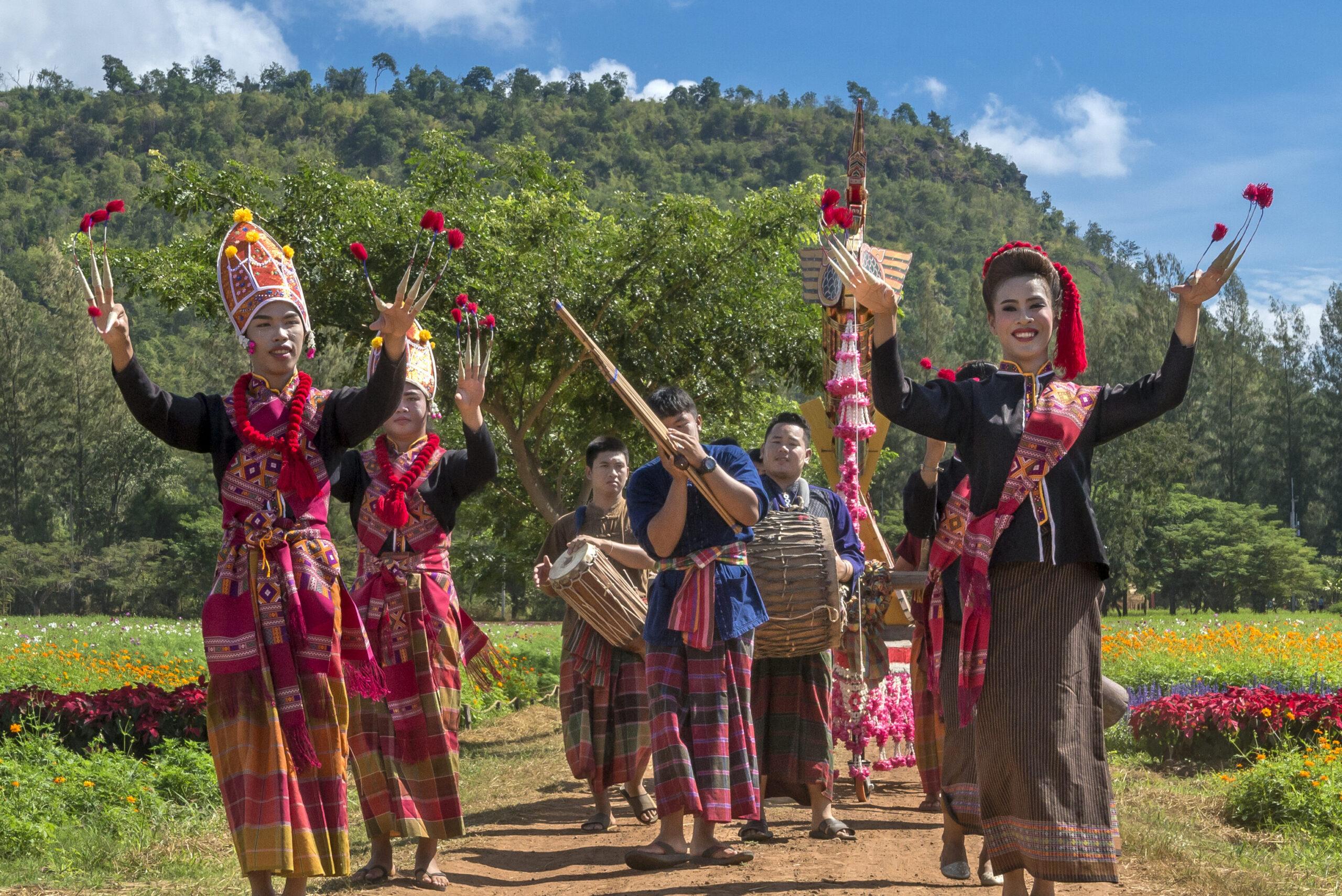
Many indigenous cultures practiced rainmaking dances as both a spiritual and practical solution to drought. These dances were intricate, involving chants, symbolic costumes, and carefully choreographed movements believed to appeal to weather gods. The ritual was not just a plea for rain but a communal event that strengthened social bonds and cultural identity. Rainmakers held respected positions, mediating between nature and humans through their sacred dances shares Oriire.
As meteorology advanced and rainmaking dances were replaced by weather forecasts and irrigation systems, this tradition lost its place. The dances, once filled with hope and reverence, are now rarely performed, confined to cultural exhibitions or historical reenactments. The shift from mystical practices to scientific solutions marked the end of the rainmakers’ era, but their dances remain a testament to humanity’s enduring desire to harmonize with nature adds Wikipedia.
3. The Art of Floriography
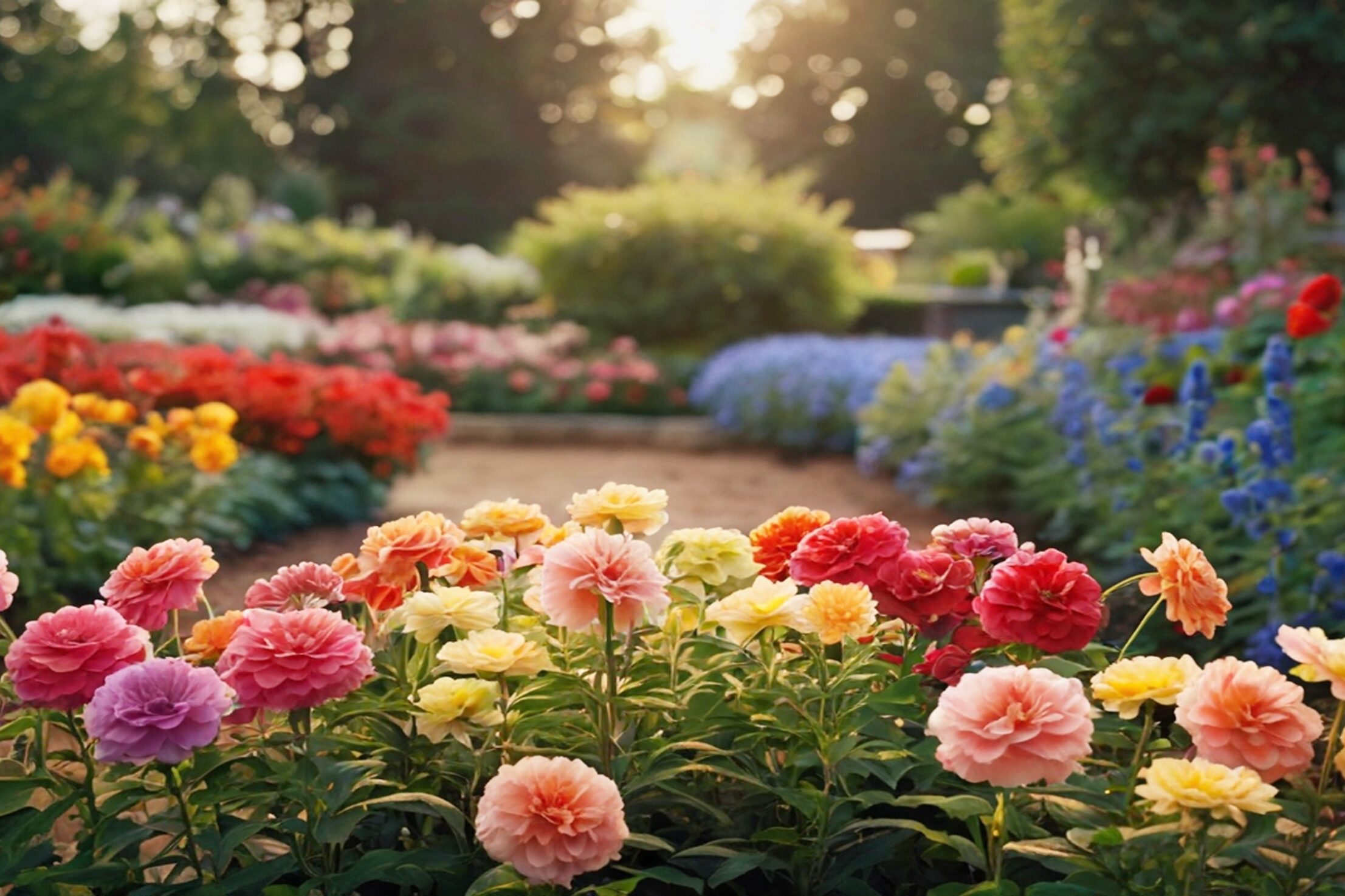
Floriography, the language of flowers, was once a revered form of communication. Each flower carried a specific meaning, allowing people to express emotions discreetly. Victorian society, in particular, used this coded floral language to convey messages of love, grief, or friendship without uttering a word. Bouquets were meticulously arranged to tell stories or send messages across social boundaries where open communication was taboo explains Bloom & Wild.
Over time, the intricate meanings behind flowers faded, leaving only general associations like roses for love or lilies for purity. The rise of modern communication tools and the shift in social customs rendered floriography nearly obsolete. Today, the practice survives in niche circles or as a romanticized nod to the past, a gentle reminder of how language can transcend words when culture and emotion intertwine.
4. The Rite of Passage for Adolescents
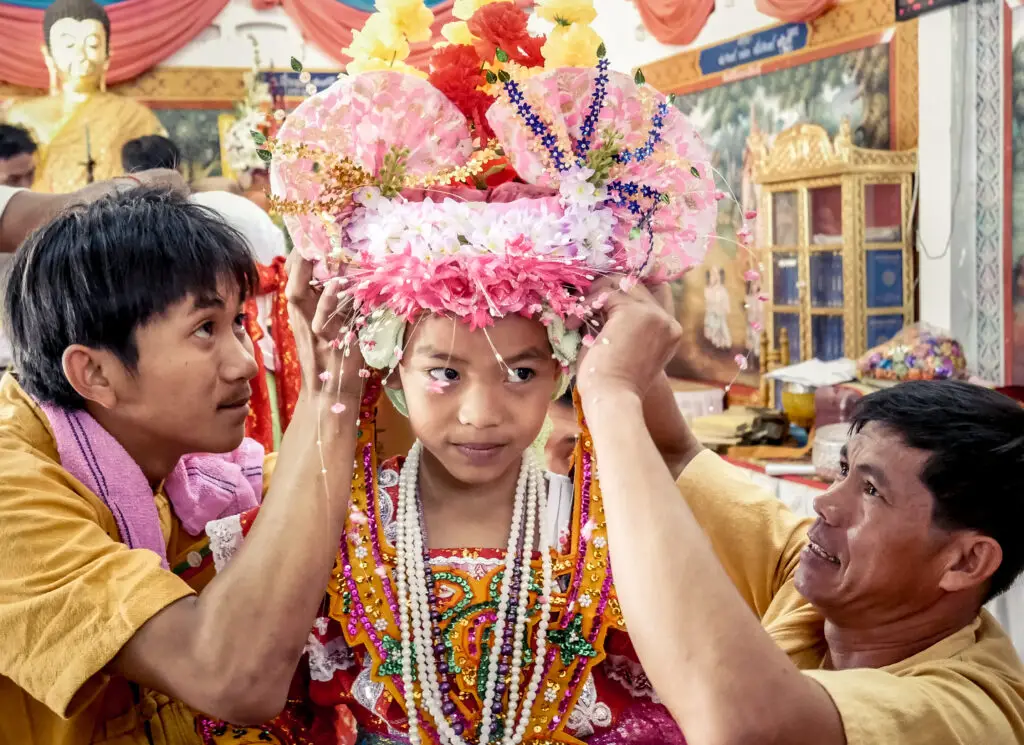
In many ancient cultures, rites of passage marked the transition from childhood to adulthood. These ceremonies often involved physical challenges, spiritual tests, or community gatherings. For example, some tribes required young individuals to spend time in isolation, proving their resilience and readiness for adult responsibilities. The ceremonies reinforced societal values and the individual’s commitment to their community’s expectations.
Modern societies have largely replaced these rites with milestones like graduations or driver’s licenses, which lack the ritualistic and communal depth of their predecessors. While these modern markers serve practical purposes, they miss the profound cultural and spiritual aspects that rites of passage provided. The disappearance of such ceremonies illustrates how societal rites evolve, often losing layers of meaning in favor of efficiency.
5. The Sacred Fire Ceremony
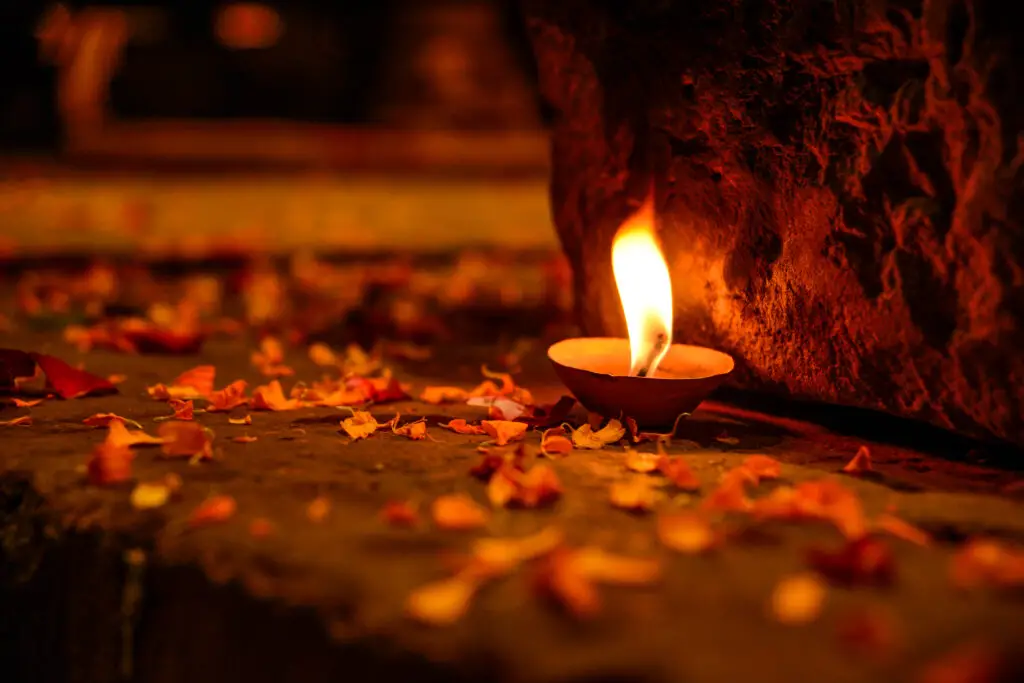
Fire has long symbolized life, purification, and divine presence. Sacred fire ceremonies were integral to many cultures, where a continuously burning fire represented the eternal spirit of the community or tribe. These ceremonies involved rituals to maintain the fire, offerings to the gods, and prayers for protection and prosperity. Participants believed that tending the sacred fire was both a spiritual duty and a communal responsibility.
As communities modernized, continuous fire rituals became impractical and gradually disappeared. The symbolism of fire persists in other forms, like candles at religious services, but the continuous sacred fire as a communal and divine link is mostly forgotten. The shift away from this tradition underscores how modernization reshapes cultural expressions, often leaving behind practices that once served as pillars of communal faith.
6. Communal Feasting Days
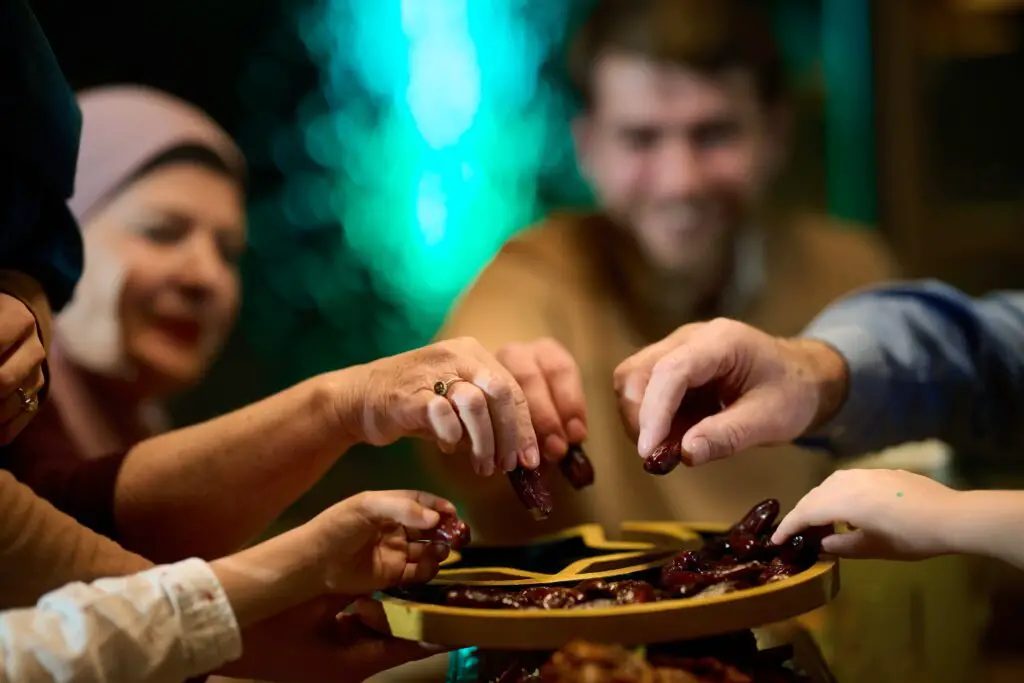
Communal feasts were more than just shared meals; they were spiritual celebrations of abundance, community, and gratitude. Many cultures had designated days where entire communities gathered to share food, perform rituals, and strengthen social bonds. These feasts often coincided with seasonal changes, harvest times, or religious observances, reflecting a deep connection between people and nature’s cycles.
Today, communal feasting exists in some cultures but lacks the spiritual and ritualistic depth it once had. Potlucks and community dinners are social events, but they rarely carry the same weight of tradition or spiritual reflection. The evolution of communal meals into casual gatherings shows how modern lifestyles prioritize convenience over deep-rooted cultural practices.
7. Oracle Bone Divination
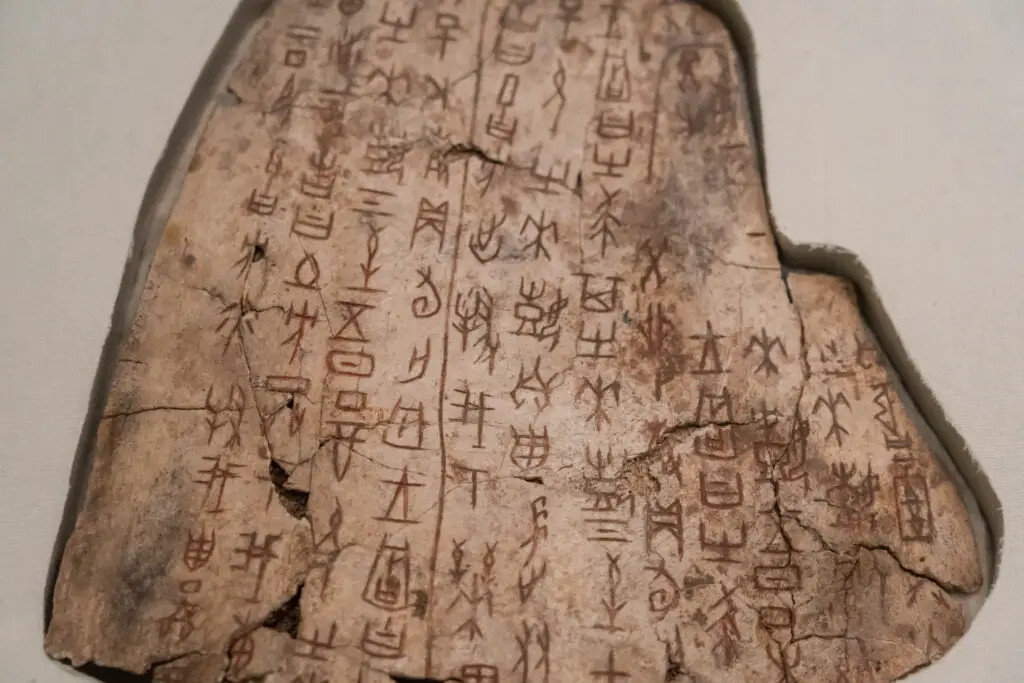
In ancient China, oracle bones—typically made from ox scapulae or turtle shells—were used to predict the future. Priests or diviners would inscribe questions onto the bones, apply heat until cracks formed, and interpret the patterns as divine answers. This practice was both a spiritual and political tool, influencing decisions from agriculture to warfare. Oracle bones connected people to their ancestors and the divine, blending spirituality with daily governance.
As written language and scientific methods developed, oracle bone divination fell out of favor. While it remains a valuable archaeological and historical artifact, the ritualistic aspect has vanished. The transition from mystical divination to reason-based decision-making marks a significant shift in how societies seek guidance and predict the future.
8. The Handfasting Ceremony
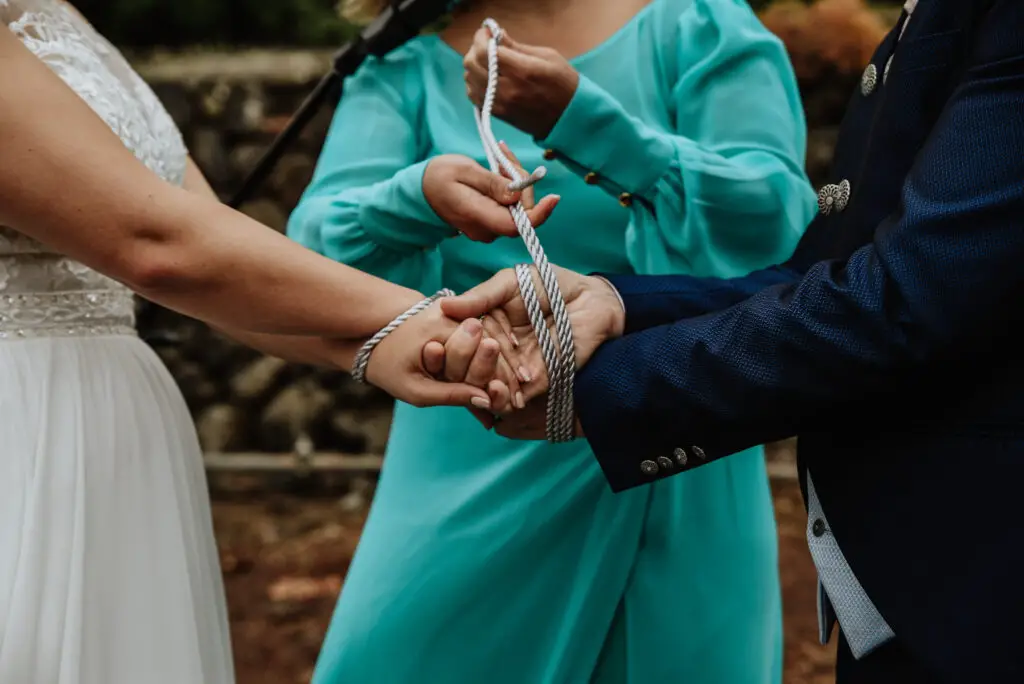
Handfasting was an ancient betrothal ritual, often seen as a trial marriage or a formal engagement. During the ceremony, the couple’s hands were bound together with cords or ribbons, symbolizing their commitment to each other. This practice allowed couples to demonstrate their intentions before entering into a lifelong partnership, with the binding of hands representing unity and shared purpose.
The ritual gradually disappeared with the rise of organized religion and changing marriage customs. While handfasting has seen a minor revival in modern pagan or neo-Druid communities, it lacks the broader cultural significance it once held. The fading of this tradition illustrates how marriage rituals have adapted, balancing between symbolic gestures and legal contracts.
9. Death Feasts and Ancestor Veneration
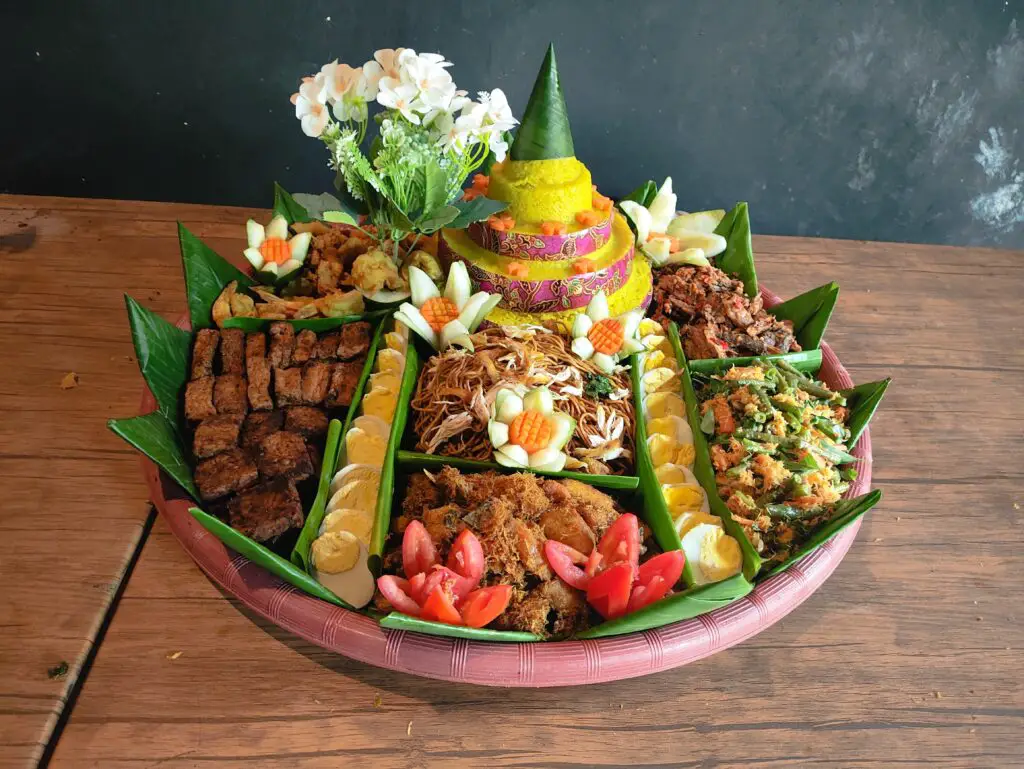
In many ancient cultures, death was not seen as an end but as a transition, and ancestor veneration was central to this belief. Death feasts were held to honor the deceased, inviting family and community members to share food, memories, and prayers. These feasts were believed to support the deceased’s journey into the afterlife and maintain their favor in the living world. They served as both mourning and celebration of life, reinforcing familial bonds across generations.
Modern funeral practices vary widely, but the communal feast aspect has largely disappeared, replaced by private gatherings or memorial services. The emphasis on grief and formality has overshadowed the celebratory and communal aspects of death feasts. This shift highlights how cultural attitudes toward death and remembrance have changed, often prioritizing solemnity over communal support and celebration.
10. The Coming-of-Age Haircut

In some cultures, the first haircut was more than a grooming milestone—it marked a child’s entry into a new social phase. The ceremony often involved family members, blessings from elders, and specific rituals to ensure the child’s well-being and future prosperity. Hair, symbolizing vitality and strength, was carefully cut to signify growth and transformation, making the event both personal and communal.
As hairstyles and cultural practices evolved, the ceremonial haircut lost its significance. Today, a child’s first haircut is a casual affair, often marked by photos rather than ritual. The loss of this tradition reflects how cultural markers of growth and maturity have become more individualized and less community-oriented.
11. The Lunar New Year Fireworks Ban
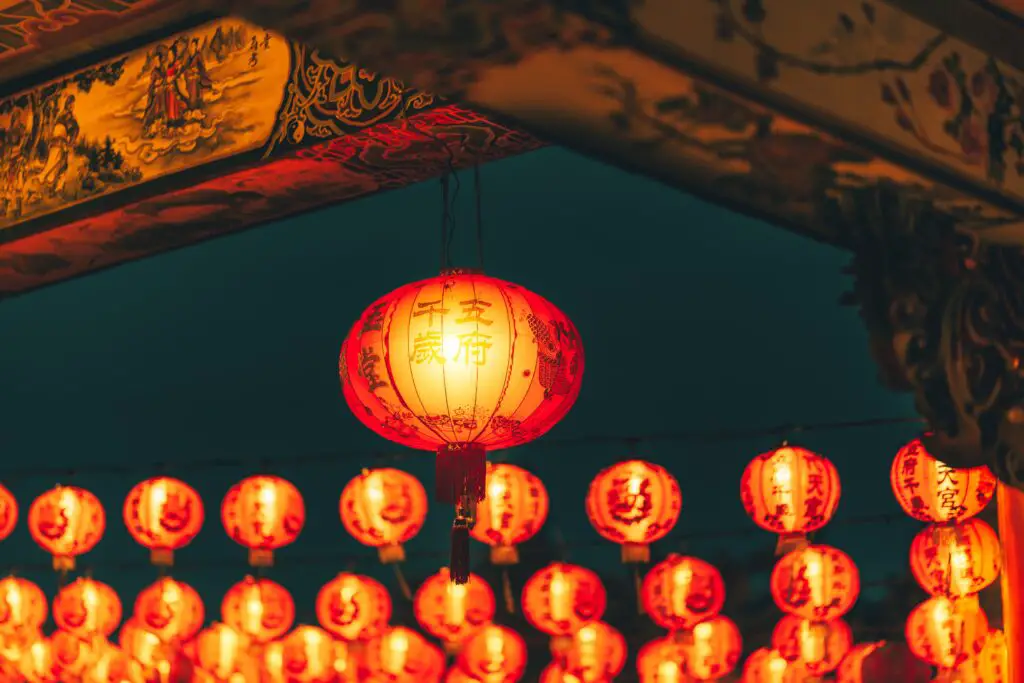
In early Chinese history, fireworks were used during Lunar New Year celebrations to ward off evil spirits and bring good luck. However, there was a time when fireworks were banned during the festival to maintain spiritual balance and avoid attracting malevolent forces. The ban emphasized spiritual harmony over spectacle, aligning with the festival’s religious and cultural values.
Over time, the ban was lifted, and fireworks became a staple of Lunar New Year celebrations worldwide. The shift from spiritual caution to vibrant displays illustrates how cultural practices evolve with societal values. The original intent of protecting spiritual harmony has been overshadowed by the desire for grandeur and excitement.
12. Sacred Pilgrimage to Healing Springs

Pilgrimages to natural springs believed to have healing properties were a common tradition in many cultures. Pilgrims undertook arduous journeys to bathe in or drink from these springs, seeking cures for ailments and spiritual cleansing. The ritual combined physical endurance with spiritual devotion, reinforcing the pilgrim’s commitment to both health and faith.
Modern medicine and easier access to healthcare have reduced the need for such pilgrimages. While some springs still attract visitors, the ritual’s spiritual depth has waned. The decline of these pilgrimages showcases how scientific advancement reshapes traditions that once served as vital intersections between health and spirituality.
13. The Harvest Moon Festival Rituals
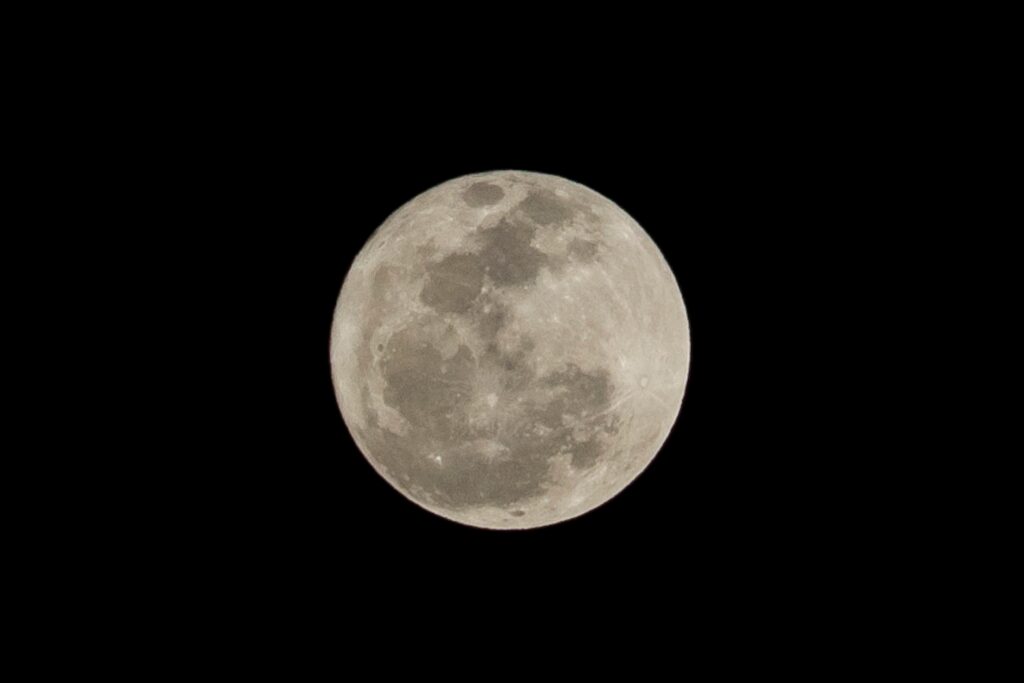
The Harvest Moon Festival celebrated the end of the harvest season with rituals to thank the earth and ensure future abundance. Communities gathered for ceremonies that included music, dance, offerings to deities, and communal feasts. These rituals honored agricultural cycles and reinforced the community’s gratitude toward nature’s bounty.
Today, while harvest festivals continue, the spiritual and ritualistic elements are often simplified or commercialized. The original ceremonies, rich in gratitude and communal spirit, are rarely practiced in their traditional form. This evolution reflects a broader trend of adapting ancient traditions to fit modern lifestyles and values.
